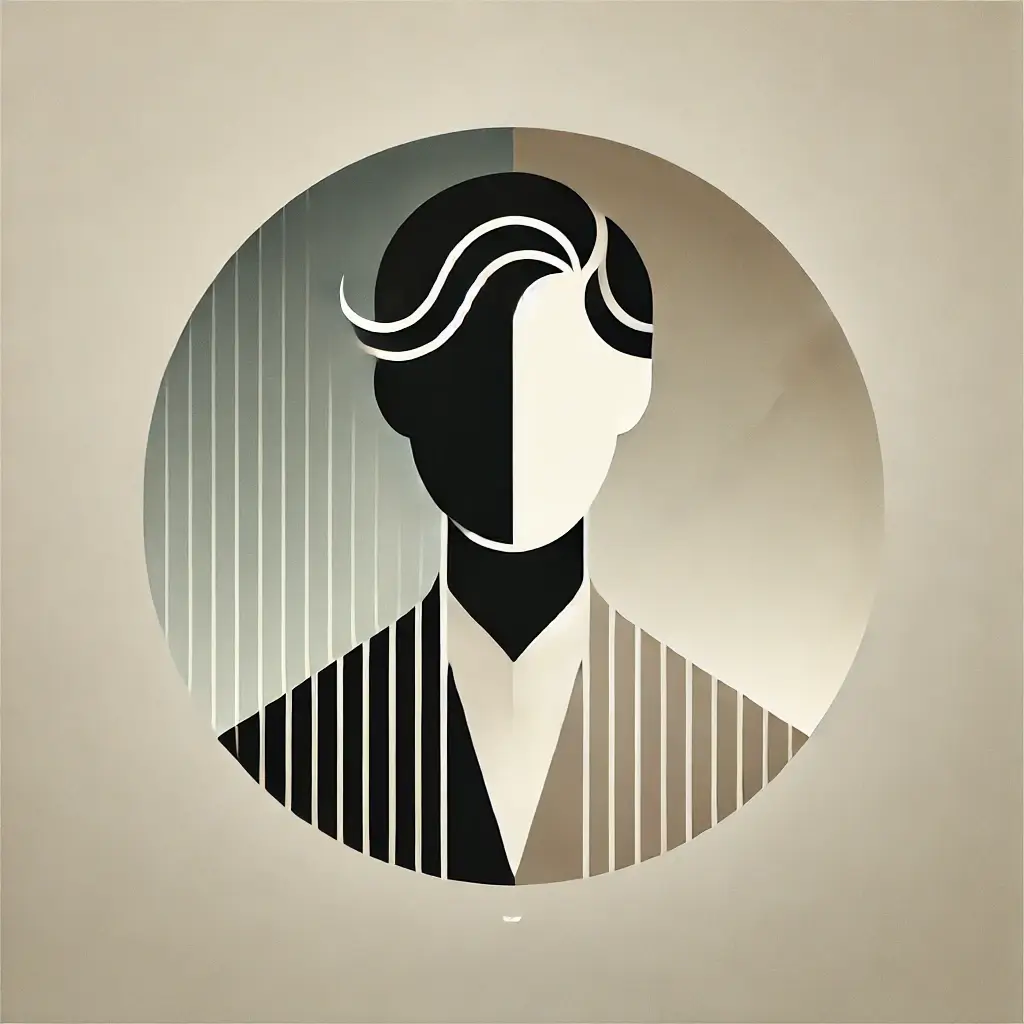
Francisco de Goya
Spanish
Romanticism, Rococo, Baroque
1746
· Fuentetodos, Spain
1828
· Bordeaux, France

Biography
Francisco de Goya is one of the most significant Spanish painters and printmakers, known for his impactful works that contributed to the transition between the Old Master tradition and the emergence of modern art. Born on March 30, 1746, in Fuentetodos, Goya grew up in Saragossa where he showed an early talent for drawing. He apprenticed with a local painter and later moved to Madrid, where he worked as a tapestry designer for the Royal Factory. Goya's artistic style evolved from the Rococo to a more somber Romanticism influenced by the political turmoil of his time, including the Peninsular War and the Inquisition’s oppressive atmosphere. Some of his notable dimensions include the darker themes of his later works, reflecting his disenchantment with society. Goya created significant masterpieces, among them 'The Third of May 1808', which poignantly depicts the horrors of war, and series of etchings such as 'Los Caprichos', which critique social and political corruption. His later works, created during a period of personal and political turmoil, often show a preoccupation with the themes of human suffering and madness, evident in paintings like 'Black Paintings'. Goya's impact on art history is profound, as he broke away from traditionalist constraints and paved the way for modern artistic expression. He continued to work until his death in Bordeaux, France, on April 16, 1828, and remains influential to this day, regarded as a bridge between the Classical and the contemporary.
Notable Works
The Third of May 1808, Saturn Devouring His Son, Los Caprichos
Featured Works
Explore the remarkable collection of artworks by Francisco de Goya.
No artworks available yet.
